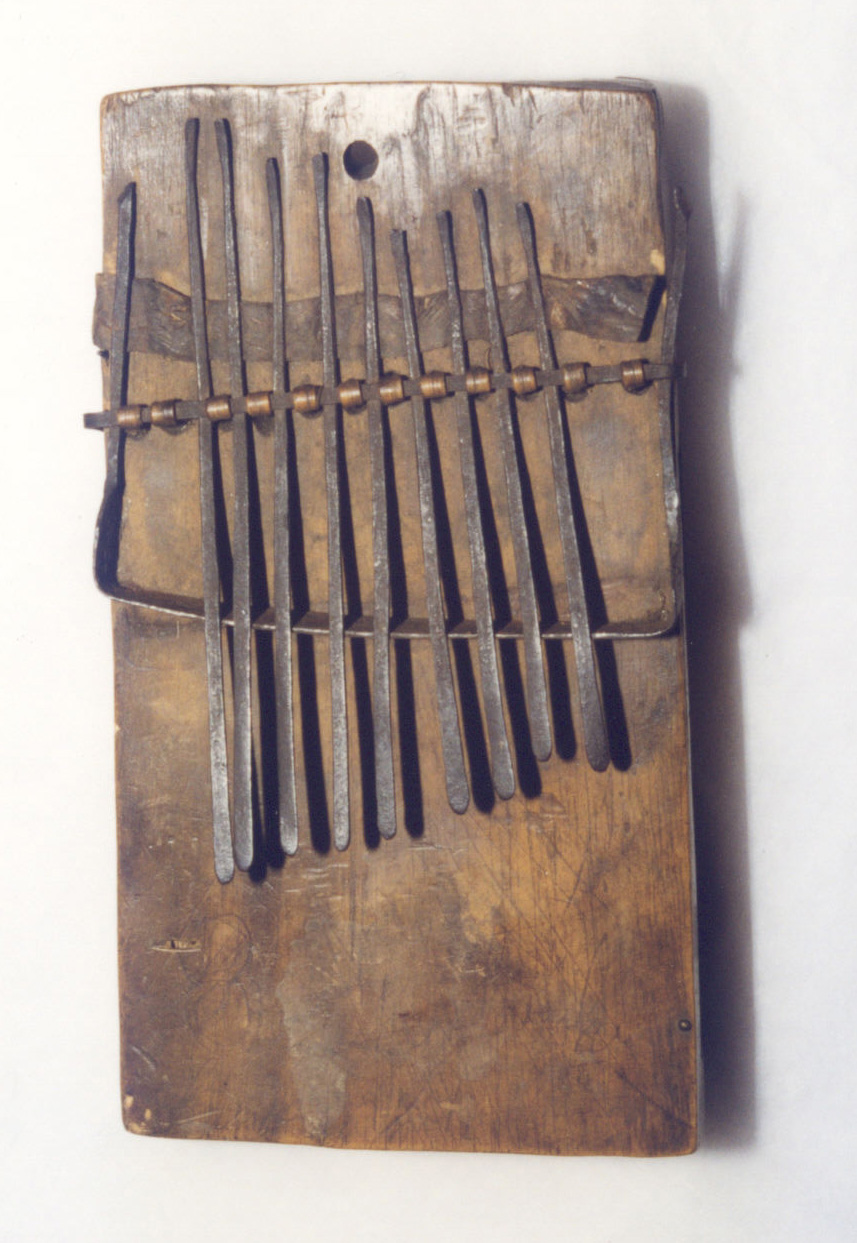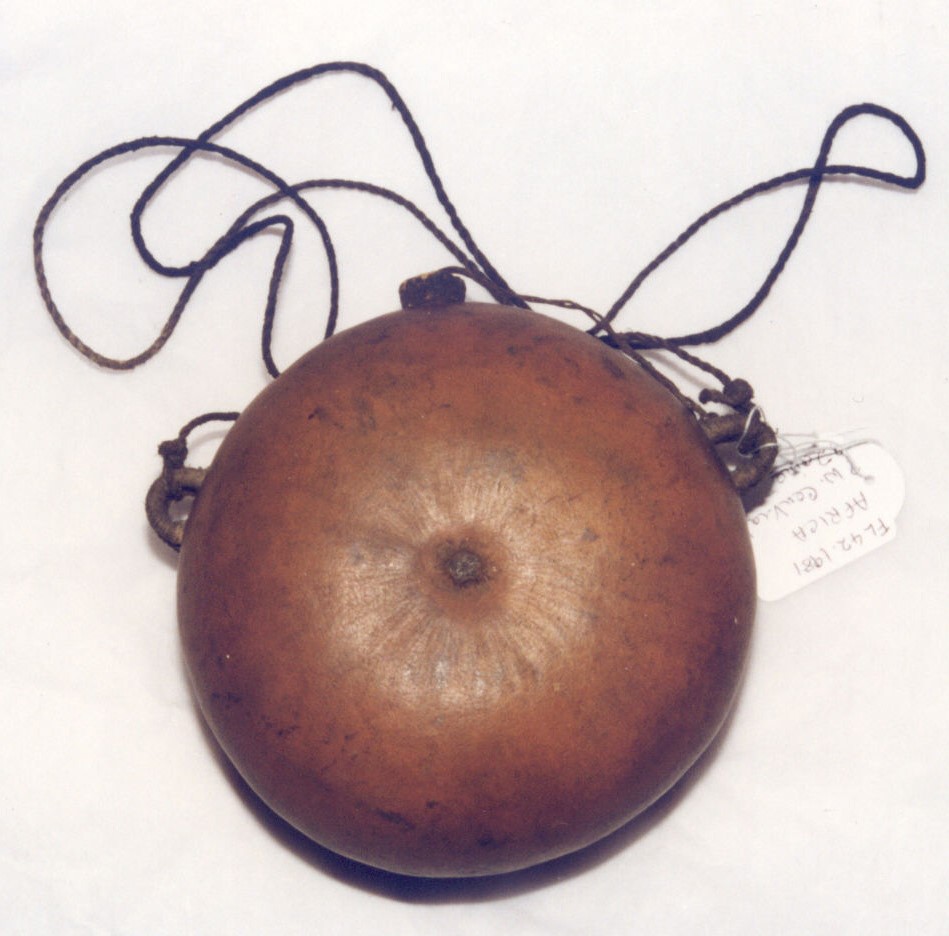Objects from around the world - Africa
Leila Prescott, Collections Officer, introduces some of the museum's objects from Africa
As Collections Officer on the project, I have been busy exploring, researching and documenting our World Cultures objects. More detailed museum records and research will help us to plan displays and identify objects of interest for outreach and engagement sessions with our communities.
Here are 4 of the African objects I have been researching.
Headrest
South Africa

Headrests are highly personal objects and have been part of African culture for centuries. They were used in Ancient Egypt where they were often buried with their owners after death. The headrest functions as a wooden pillow and protected the user's head and elaborate hairstyle from dust and dirt. Bold designs are usual and these sometimes reflect the owner's social status. Headrests have associations with dreams and divination in some parts of Africa.
Mbira or thumb piano
Central or Southern Africa

This is a simple musical instrument made from wood with metal tines or 'keys'. It has a long history of use in Southern Africa, particularly Zimbabwe and nearby countries, where it was made from native trees. Originally the keys were made from bamboo wood but more recently they are made from steel. The mbira was important in African tribal culture to create sound and music for ritual trance ceremonies. Mbiras are used by a variety of musicians in world music today.
Ceremonial paddle
Nigeria
This is a dance paddle of the kind used in ceremonies by the Itsekiri people of the Niger delta. The river was at the centre of tribal society and economy – it provided food and transport for the communities who lived in the area. Canoes were an extremely important part of traditional society and so the paddle was an important symbol for prosperity. Local people relied on the river for their quality of life and believed in water spirits. This paddle is decorated with intricate carving and may have been used in ceremonial dances. Alternatively, it may have been made for trading with Europeans as ethnic objects became fashionable possessions. It is thought to be about 100 years old. This photograph shows the paddle in storage.
Water bottle
South Africa

Many objects in this collection are made from natural resources. Traditional societies made use of what was around them to create practical durable objects for everyday use. This water bottle is made from a dried gourd, a versatile and widely used vegetable that could be dried and used to make containers, musical instruments, and media for decorative art. Gourds have been used by humans for hundreds of years and their use is widespread across Africa and the Americas.